In a gloomy classroom, with several tables scattered around, Zhang Dong is busy cross-checking a list of names on a piece of paper with what's on his screen. He is the only student, or trainee, now at a software skills training center in Beijing's Fangshan District.
There are supposed to be other students around and the whole campus ought to be more lively. But due to COVID-19 pandemic during this year's Spring Festival, others still haven't made the trip back yet.
This software skills training center belongs to Huabo Chuangke, a Beijing-based private technology company that mainly provides software building and data services to numerous departments in central and local governments, educational institutions, and large-scale enterprises.
The students on this campus range from 13 to 20 years old, and they have all completed the nine-year compulsory education in their hometowns. Yet due to various reasons, they were unable to make it to high school.
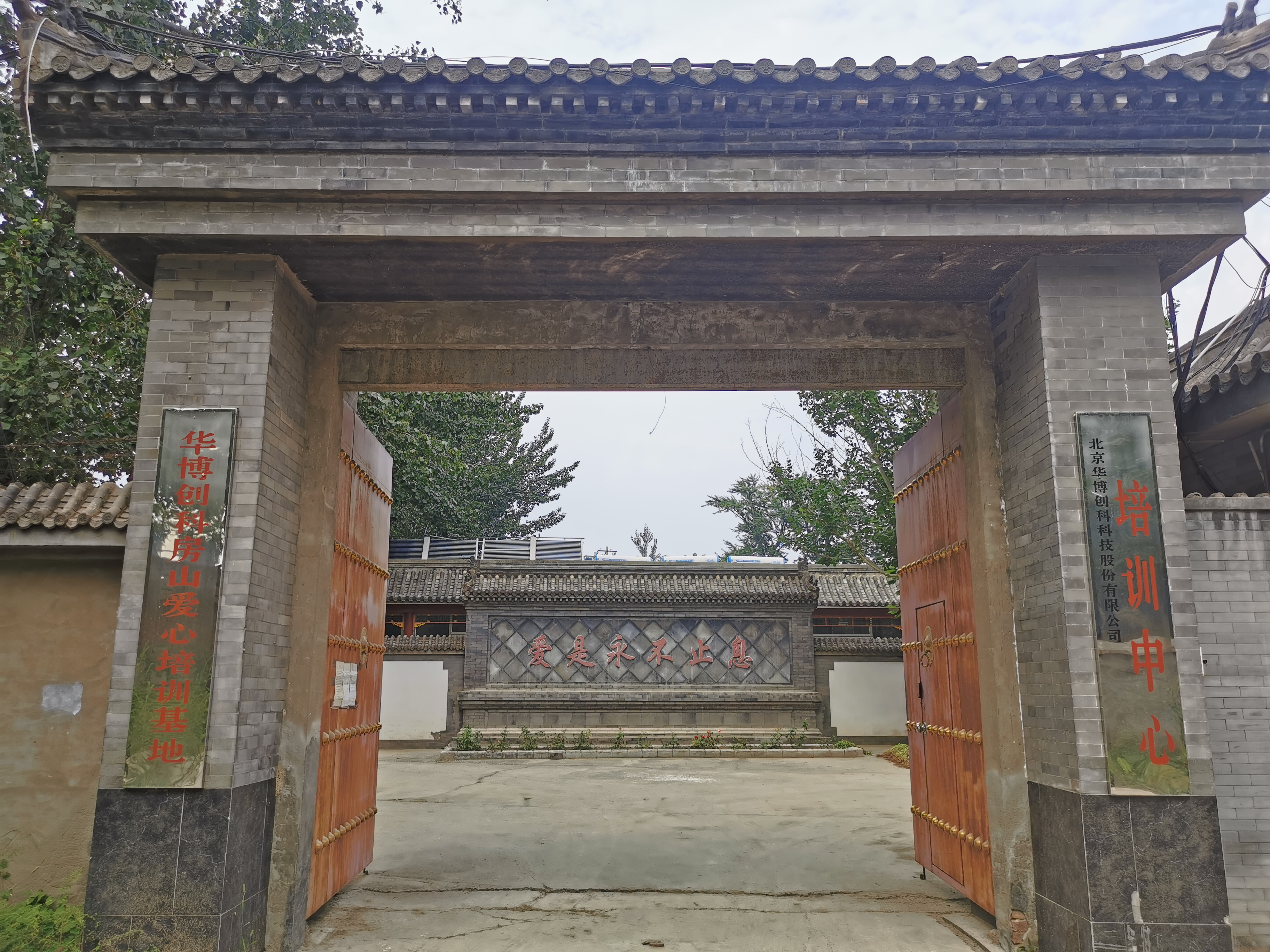
Huabo's software skills training center located in Beijing's Fangshan District, September 14, 2020. /CGTN
Huabo's software skills training center located in Beijing's Fangshan District, September 14, 2020. /CGTN
The last kilometer in China's poverty alleviation effort
"The (high school) tuition fee may be waived by the government, but the problem at stake is these students don't have the living expenses," said Duan Lian, recruiter and owner of the trainer center, and CEO of Huabo Chuangke.
Zhang Dong's situation is a good example.Twenty-year-old Zhang is from Bayan Nur, a small city in Inner Mongolia. Zhang's father was born with polio as a child and his mother does not have full-time job. Additionally, he has a little sisterin elementary school and needs his mother's care.
Without farmable land or money to set up a business, Zhang's family situation has been extremely difficult. As a result, Zhang dropped out of school after finishing years one to nine, which was free.
"I considered going to high school, but I have a young sister," said Zhang, whose family could support only one child going to school. If Zhang goes to high school, his living expenses will tumble his already shaky family, and the best choice for him is to go to work and quickly earn some income.
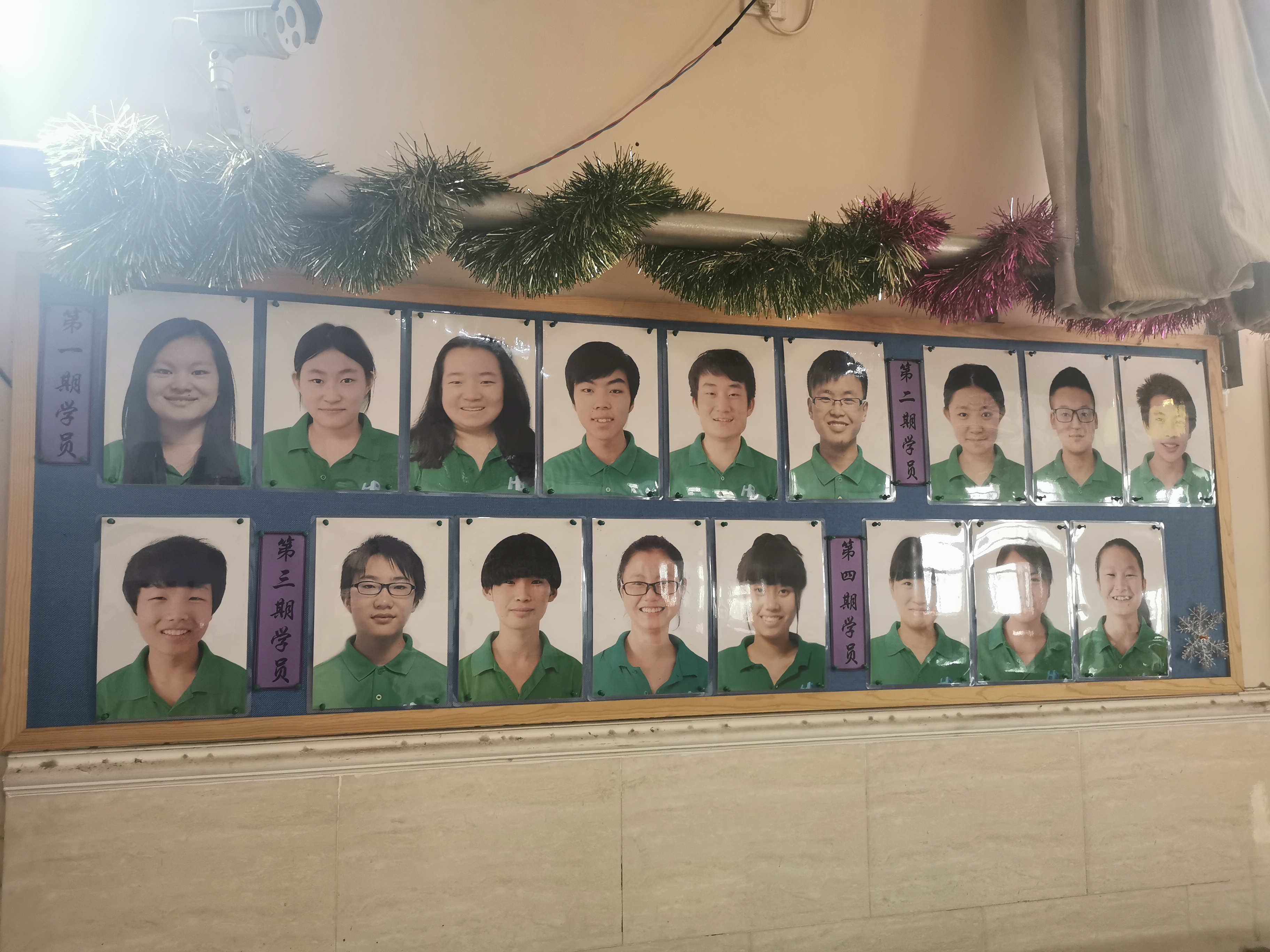
Students' photos are posted at the canteen of Huabo's Fanshan training center, Beijing, China, September 14, 2020. /CGTN
Students' photos are posted at the canteen of Huabo's Fanshan training center, Beijing, China, September 14, 2020. /CGTN
There are various policies and allowances in China's welfare system to support some groups, but can leave others behind. For example, the country's welfare security system for orphans has been fully established since 2011. And a special fund of 2.5 billion yuan has been allocated to subsidize the basic living expenses of orphans across the nation.
Yet the recruiter of the training center told CGTN that some Huabo's trainees also need this type of welfare, yet are unfit to apply for it, because at least one of their parents is still alive.
A boy at the center lost his father due to an accident, and his mother remarried and formed a new family. In traditional Chinese culture in rural areas, it would be notably hard for a woman with a child to get a second marriage. Therefore, he was left to his grandparents to raise. His mother does not support him, nor does she check in on him, even though they still live in the same village. But the problem is he also doesn't qualify for orphan welfare system.
At Huabo's Fangshan training center, there are about 50 students from the poorest regions in China, including Guangling in Shanxi Province, Mianyang in Sichuan and Fuping in Hebei. They have all kinds of different stories, yet all bear the same tragedy rhyme.
Some of them used to live with their grandparents, and have spent their entire lives on subsistence allowance, a government welfare program dedicated to the senior and disabled population who are unable to work. Some of them were raised in single-parent families, disabled families, or families that cannot obtain the subsistence allowance because they had more than one child.
As in some provinces, local policy says if a family has breached the one-child policy, it cannot be granted the subsistence allowance. The children excluded from this is often described as "the last kilometer of China's poverty alleviation."
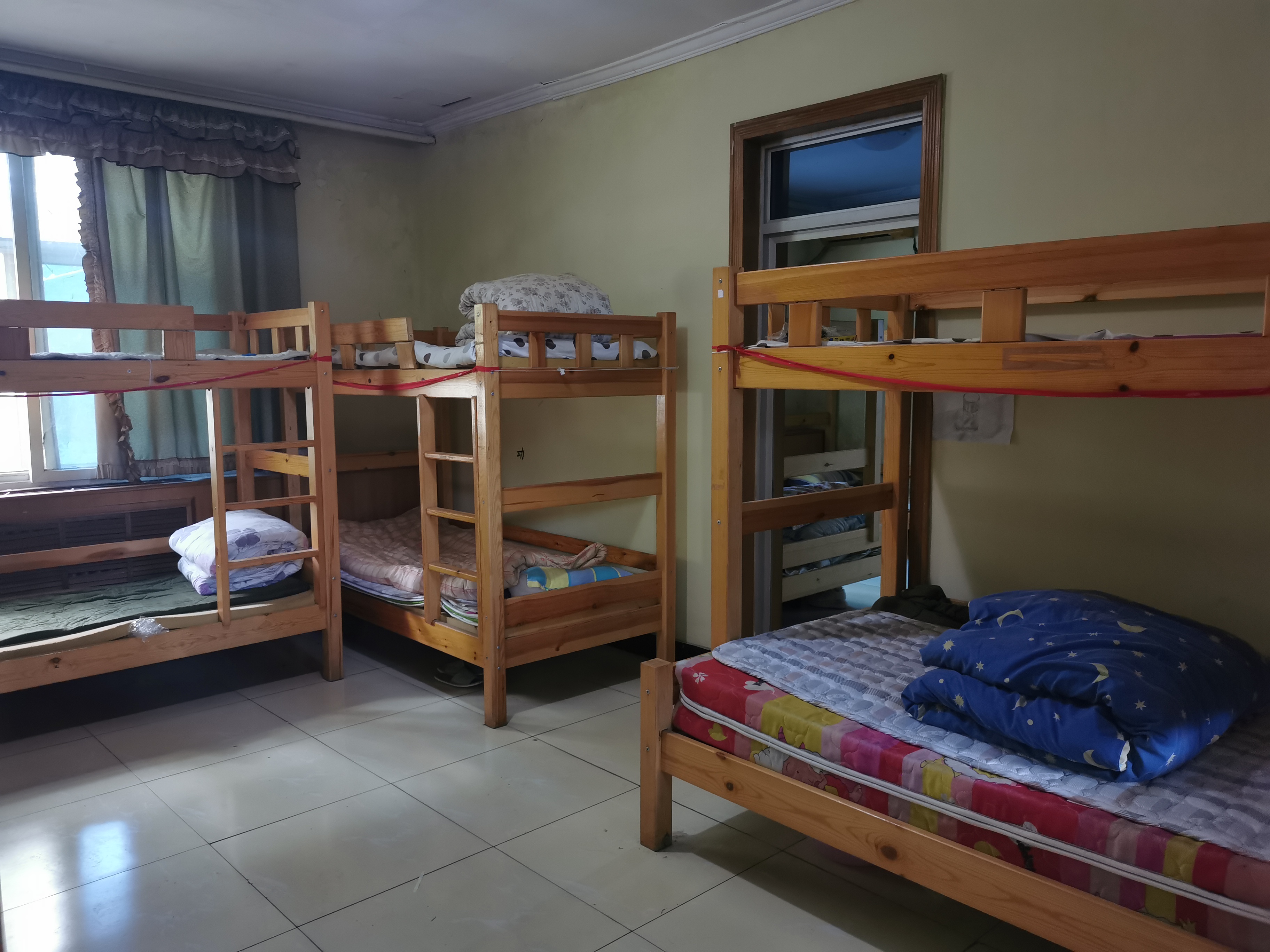
Girls' dormitory at Huabo Fangshan training center, Beijing, China, September 14, 2020. /CGTN
Girls' dormitory at Huabo Fangshan training center, Beijing, China, September 14, 2020. /CGTN
The hundred miles already achieved in poverty reduction
Once held back by extreme poverty, China initiated its reform and opening-up policy in 1978, when nearly every social aspect in China was below the world average standard. Yet over the past four decades, this ancient country has managed to lift more than 700 million people out of poverty, according to the Poverty Relief Office of the State Council.
By the end of 2019, the number of impoverished people fell to 5.51 million, shrinking 20 times than the figure of 2012. While having contributed more than 70 percent of the global poverty alleviation, China plans to wipe out absolute poverty by the end of this year, which means it will meet the United Nation (UN)'s poverty alleviation goal 10 years ahead of schedule.
Read more: Cooperation indispensable in ending poverty
At an international seminar held online this week, with the theme "The UN Sustainable Development Goals (SDGs) 2030 and China's Experience in Poverty Alleviation," former UN secretary-general Ban Ki-moon praised China's efforts in global poverty alleviation and meeting the UN's 2030 SDGs and millennium development goals (MDGs).
"China's extraordinary national development and success in implementing the UN's MDGs was integral to these global gains," added the former UN secretary-general.
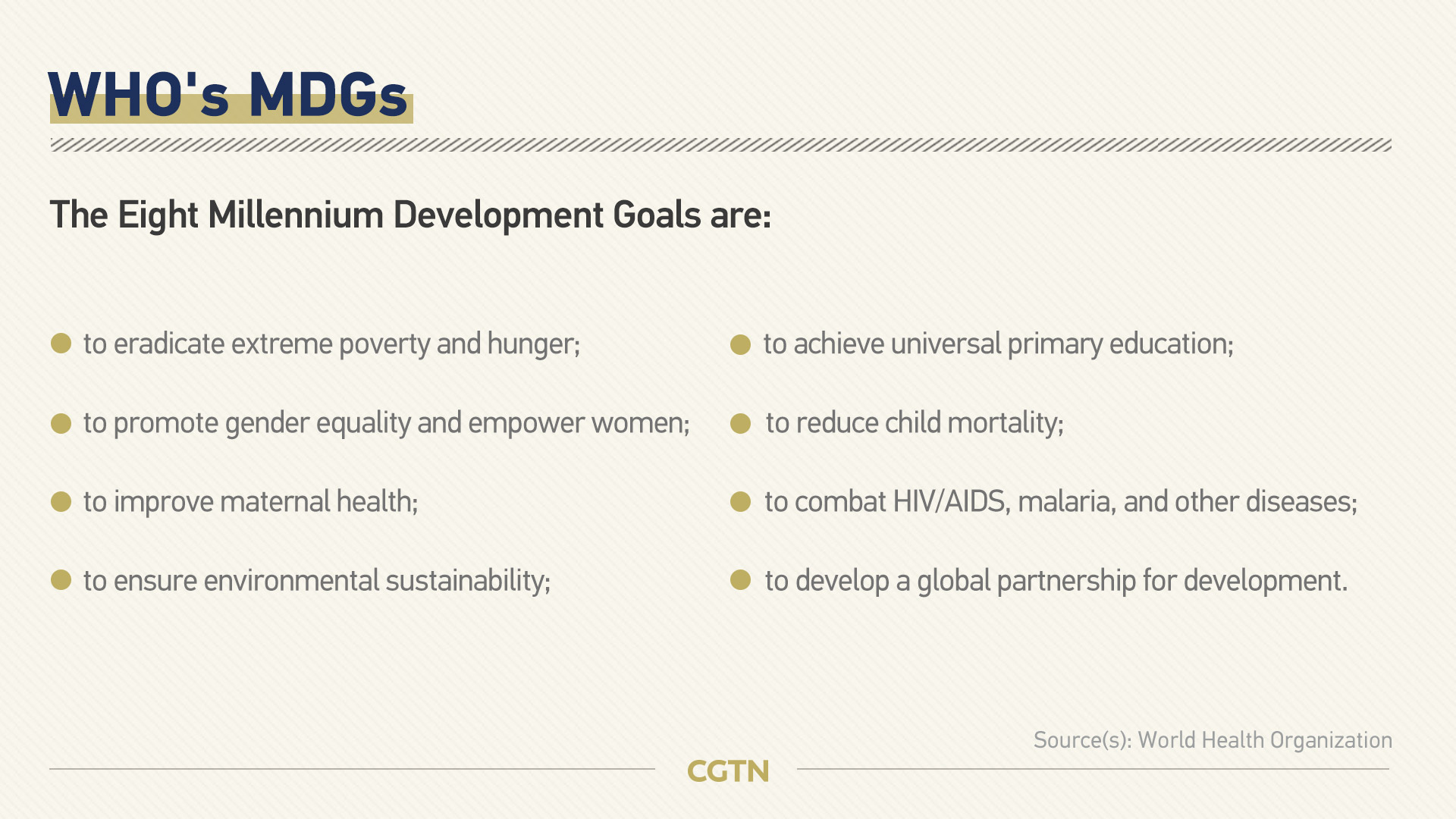
From potable water to safe housing conditions, from education to infant mortality, from healthcare to sanitation facilities, China's poverty alleviation policies are exceedingly people-oriented by trying to cover every perspective of people's daily life. This is a crucial reason why it could achieve what it has done today.
Read more: China's success in poverty alleviation: Lessons for other countries
Beside, the central government started to take targeted measures in poverty alleviation in 2015. Opposite to extensive poverty reduction, targeted poverty reduction focuses more on accurately identifying, assisting and managing poverty alleviation targets according to the environmental features of different poverty-stricken areas and the varied conditions of poverty-affected households.
Fish giving or fishing teaching?
Targeted poverty alleviation has dramatically changed the way various provinces and regions have addressed their poverty alleviation strategies. With China's poverty alleviation and development entering a critical period, Chinese state and private enterprises have begun to take a significant role in the arena by supporting rural industries in various ways.
Rich in natural resources, Zhouzhi County in China's Shaanxi Province is famous for its kiwi. As the hometown of Chinese kiwi fruit, Zhouzhi is expected to have a yearly kiwi production of more than 500,000 tons this year, thanks to its excellent ecological environment. To help local farmers selling their products, Shaanxi's local enterprises have brought these fresh fruits to Taicang City in Jiangsu Province, facilitating local consumers to purchase them easily.

The sales staff introduce agricultural products of Zhouzhi County of Shaanxi Province to the local residents of Taicang City through live broadcast sales, Taicang, China. September 18, 2020. /VCG
The sales staff introduce agricultural products of Zhouzhi County of Shaanxi Province to the local residents of Taicang City through live broadcast sales, Taicang, China. September 18, 2020. /VCG
Moreover, Taicang gives full play to to the positive role of entrepreneurs and chamber of commerce organizations, and attracts entrepreneurs with industrial transfer needs from Suzhou to visit Zhouzhi, where labor and rental costs are much lower. So far, a number of projects have been settled in Zhouzhi, among which two projects with an investment of 42 million yuan have been put into operation.
Read more: How do companies help alleviate poverty in China?
"Through the extensive contact with Zhouzhi's local government and people, I really experienced the good investment environment and the huge potential of the regional tourism development, which strengthened the determination and confidence in our investment," said Yan Chao, Manager of Jiangsu ZhongDi New Materials Technology Co. Ltd.
For families in China's rural areas like Zhouzhi, many of them have shaken off problems such as unstable cash flow, inadequate income, and debt through cooperation with local enterprises, government-supported cooperation society and conducting e-commerce.
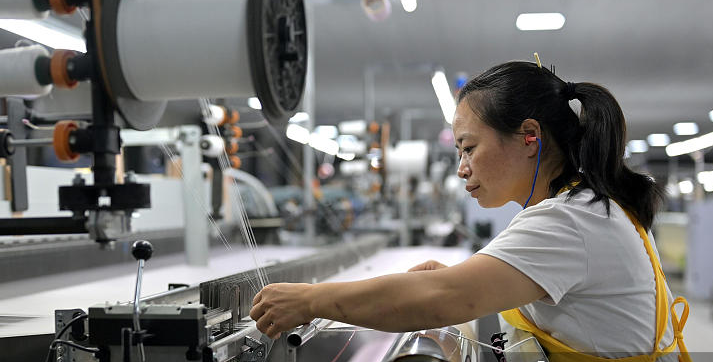
A worker works at a poverty alleviation workshop for silk production in Napo County, Baise City, South China's Guangxi Zhuang Autonomous Region, September 18, 2020. /VCG
A worker works at a poverty alleviation workshop for silk production in Napo County, Baise City, South China's Guangxi Zhuang Autonomous Region, September 18, 2020. /VCG
But not every family or every region can become such beneficiaries. Without natural, labor, land and even water resources, some regions have struggled for a long time to fight off poverty. The name "Three Regions and Three Prefectures" is what the government uses to describe those very special regions that cannot build a local industry of any kind, are are still with extreme poverty.
One solution for them is relocation, at least, for their next generation.
With only a secondary school certificate, it's impossible for Zhang Dong and many other students who are from the extremely poor Three Regions and Three Prefectures to find a lucrative local job. Coming to work in big cities like Beijing, is like a dream come true.
Coming to Beijing's Fangshan training center with fees all covered by the enterprise, is often a relief for the families back home, who have one less person to cover with their subsistence allowance.
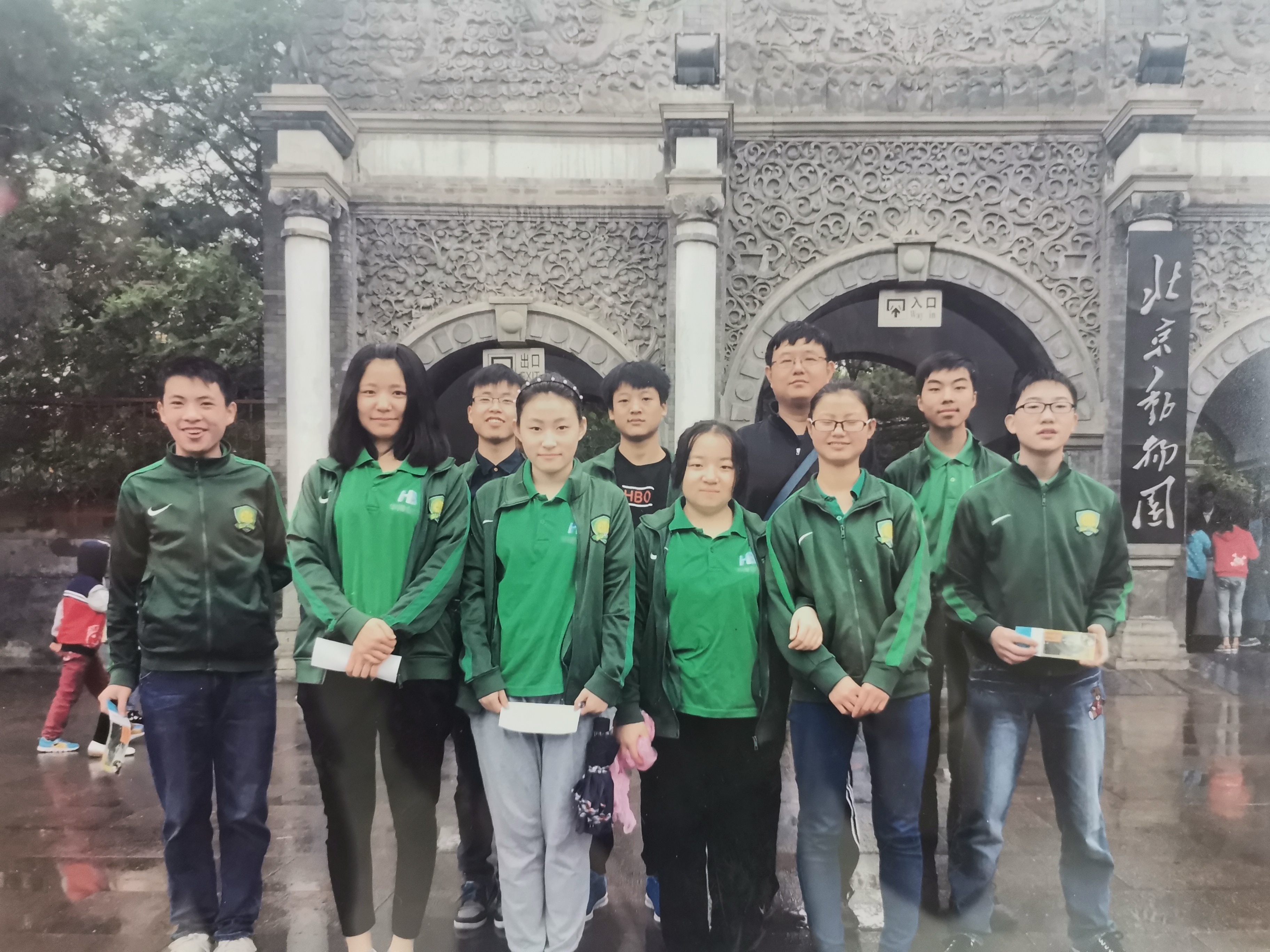
Almost for every student at Huabo, getting the opportunity to train and work in Beijing is their first time here, Beijing, China. /CGTN
Almost for every student at Huabo, getting the opportunity to train and work in Beijing is their first time here, Beijing, China. /CGTN
When asked why enterprises like Huabo would do such things to help these students, Duan explained "these poverty-stricken children live and grow at my company, which help them grow deep loyalty to Huabo."
"The turnover rate of IT industry is very high. I might invest a lot to train my employees, yet they could leave easily with my company's training and knowledge if other companies offer a higher bid," said Duan. "(Such set up) is a win-win for these children and my company."
In the early times, Huabo, like many other China's private companies, started participating in the government's poverty alleviation campaign by giving money and donating physical objects. But the effects were limited. There is a Chinese saying, when it comes to helping, "to teach a person fishing is better than to give him a fish."
This year's COVID-19 pandemic has certainly hampered the progress of Chinese poverty alleviation undertaking to some extent, but China is committed to finishing the last kilometer of poverty reduction.